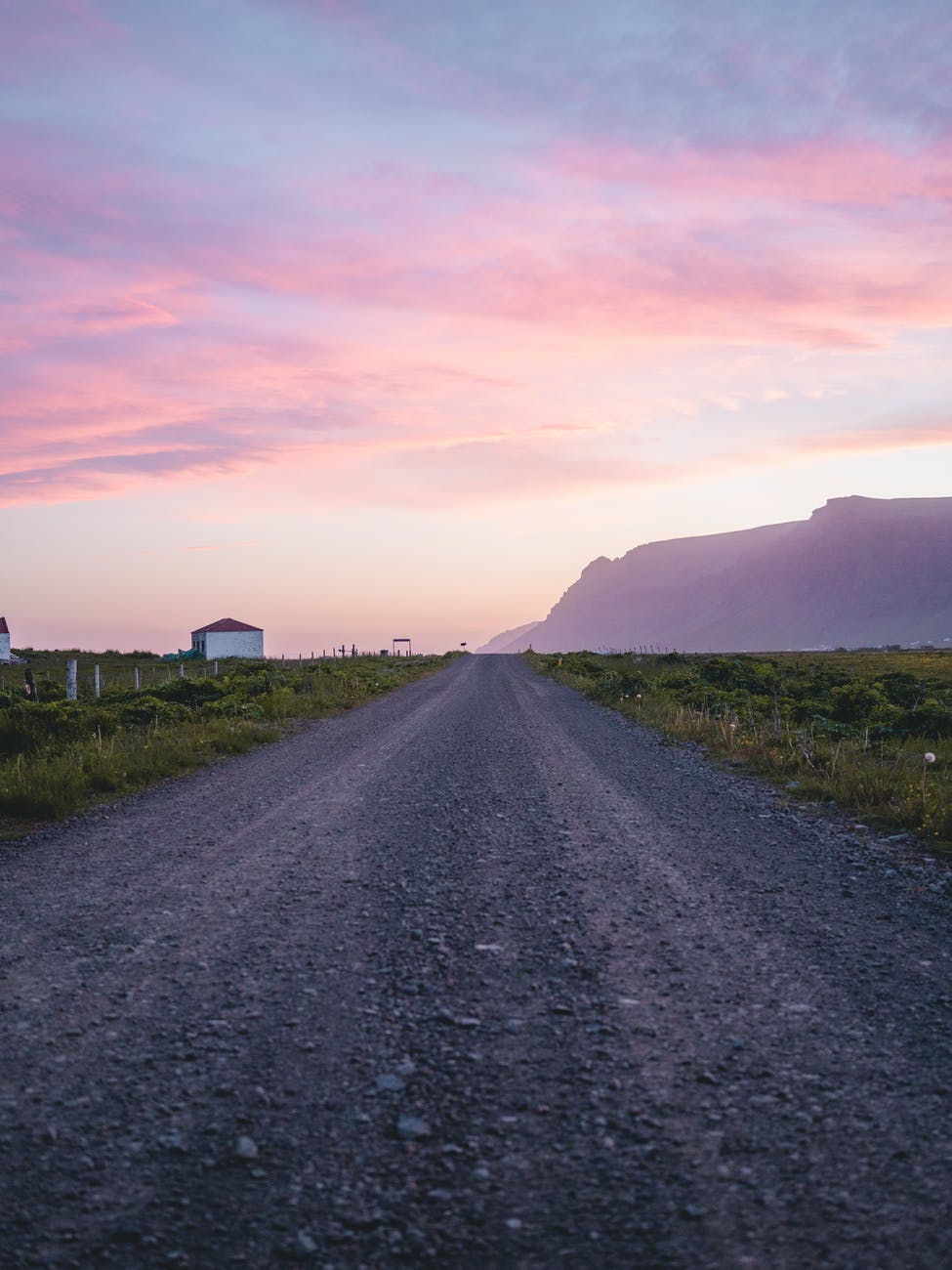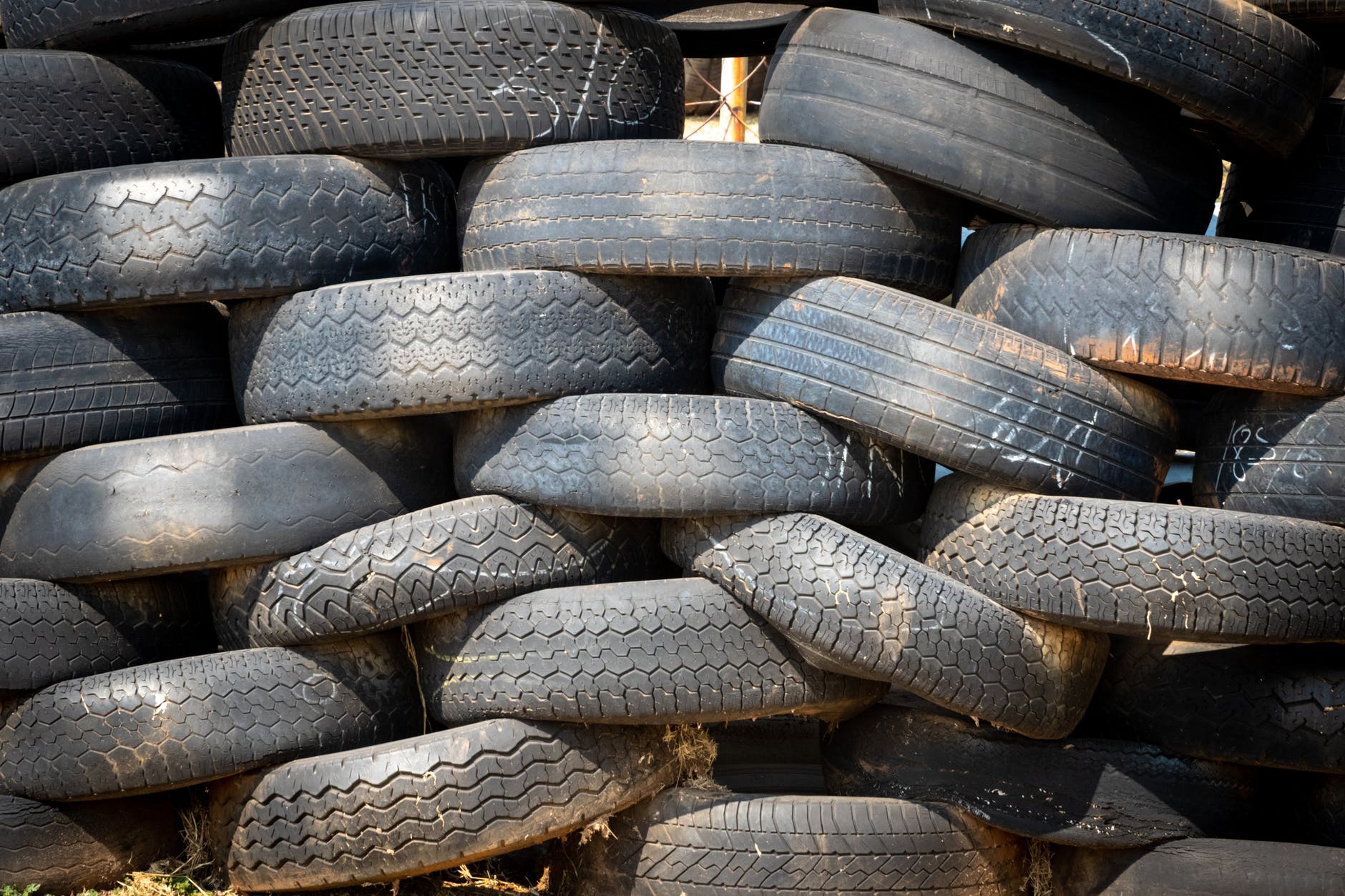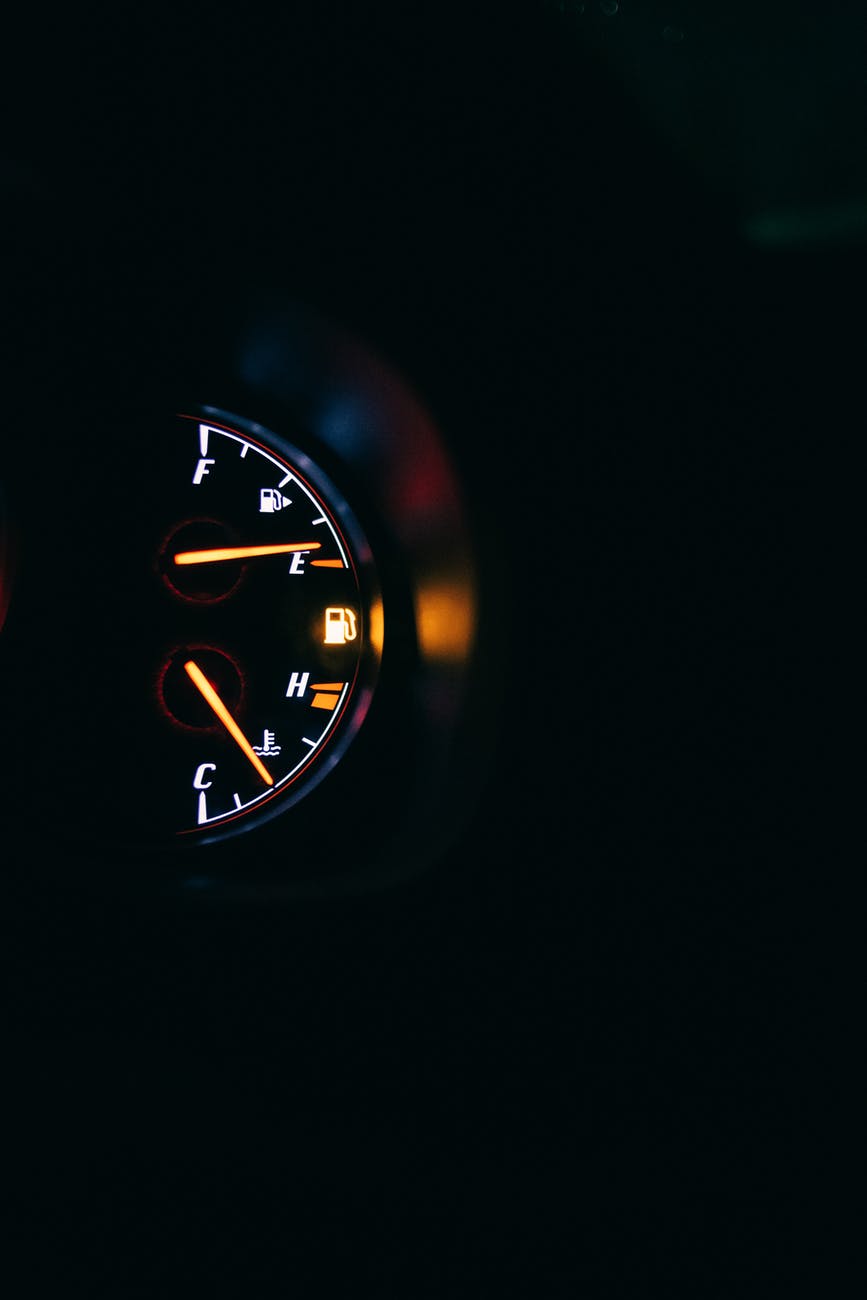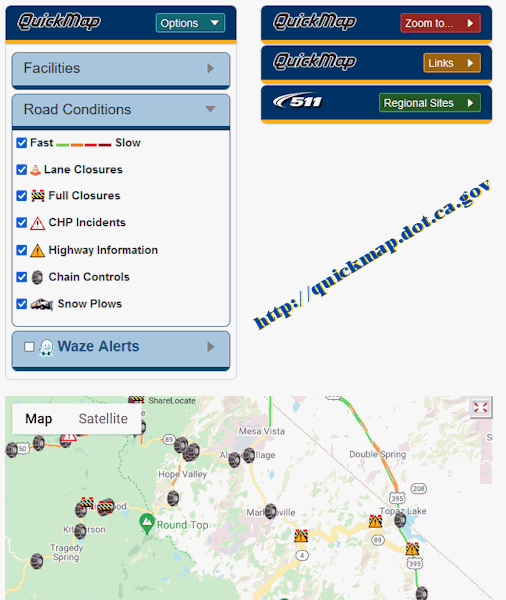
Unless otherwise stated, all of our trips will be on roads that can be driven on with any passenger car. On some trips this may include dirt/gravel/washboard roads, and your car may get shaken a bit; however you do not need all-wheel drive or other fancy car. If you have one, that’s great, but it’s not necessary.
Some trips may have optional ‘high clearance recommended’ road side trips, but there will be other alternatives for those who don’t want to ‘shake their bones’ for an hour or more. An example of this is Racetrack Playa in Death Valley. On our Death Valley trips, there will often be an afternoon where, if they desire, a group may opt to take the 30 mile drive down a road that may shake lose bolts that aren’t tightened to factory specs.
Road conditions in California
If you are traveling in winter, it is valuable to know the road conditions. While Google, Waze, Apple Maps, etc. provide good information, you may want to visit the official CalTrans map. California provides a great real-time map that includes lane closures, full road closures, exact chain control locations, snow plows, and uses Google road coloring for road speeds.
If you use this map, click the “Road conditions” triangle to get a full list of warnings you can display. In the “Regional Sites” tab, you can also find links to similar maps in neighboring states.
While we do not plan our trips in snowy locations, winter trips may require travel on roads that may have snow (although we try to provide routes to our trips that allow you to drive on roads that are less likely to have snow and/or require chains/AWD).
Tires and flats

Some of our roads may be quite off the beaten path, so getting AAA to come tow you may be limited and/or take a long time. With this in mind, please make sure you check the air in your spare before you go, or make sure that you have a jack. We’ll have folks with skills to help you change a tire if needed.
Oddities in small car tires
- Donuts: Some new cars come with tiny ‘donut’ spares that are designed to just get you a hundred miles to so until you can get your tire repaired or replaced. This should get you out of trouble, but you’ll have to drive under 45 MPH.
- No spare, just sealing solution: Some cars don’t even have spare tires, but instead have a compressor that will inject a sealant and pump up your tire. These are also temporary, and you’re supposed to buy a new tire when as soon as you can. These will not work if your tire gets a gash in it (this happened to Lee once).
Gas

Keep an eye on your gas gauge, and in most cases you’ll want to fill up your tank before you leave an interstate or major highway: Gas prices in parks can be especially high.
We do not carry a gas can, so if you do run out of gas we’ll have to coordinate with others on the trip to get you to a gas station where you will have to buy or rent a gas can.
Bottom line, you won’t be left on your own if you run out of gas, but make every effort not to.
Dead batteries and jump-starts
We have a jump pack that we can use to start your engine if your battery dies (but remember to check your headlights before we head on a hike!).
